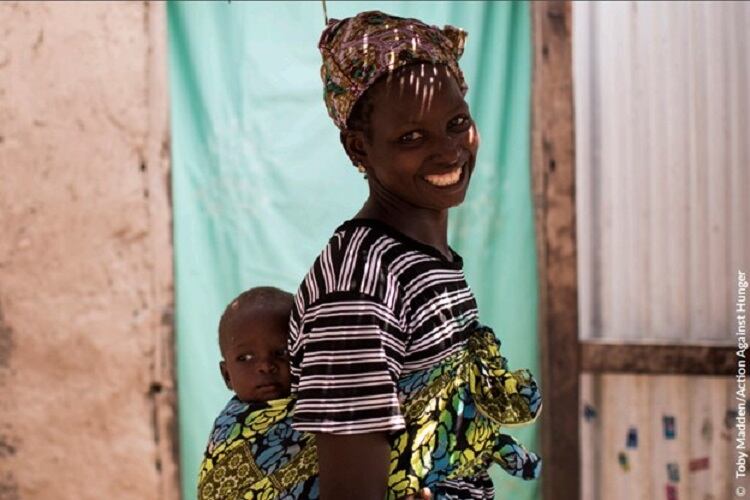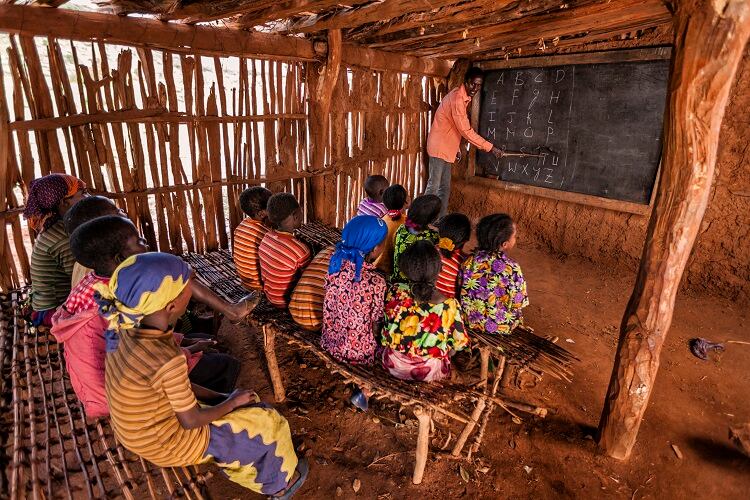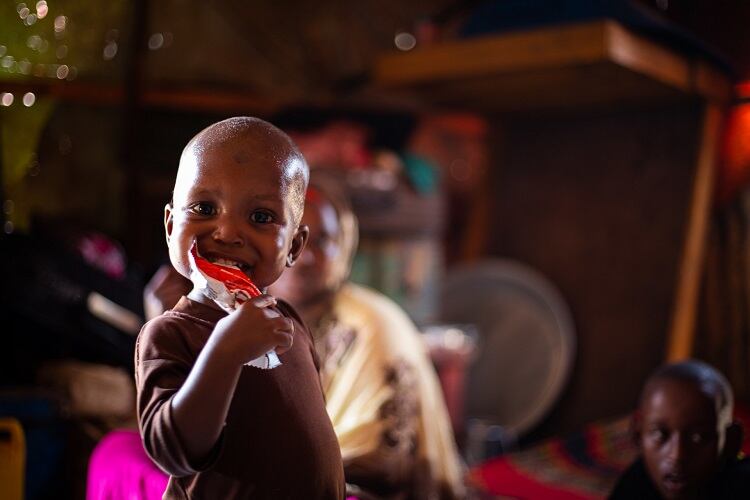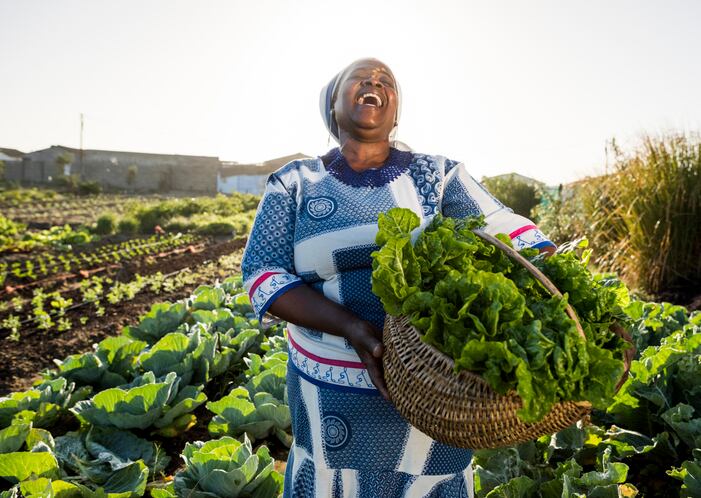Plumpy’nut is a brand of ready-to-use therapeutic food (RUTF) manufactured by the French company Nutriset. It is designed to treat severe malnutrition in children, making it invaluable for charities and NGOs fighting extreme hunger around the world.
“The paste can last for 20 months without the need for clean water or refrigeration,” said Alexandra Rutishauser-Perera, Head of Nutrition at humanitarian organisation Action Against Hunger. “It’s simple to use and extremely effective.” Nutriset did not respond to a request for comment.
The benefits of Plumpy’nut
Plumpy’nut is easy to make and easy to store, making it widely distributable. It also contains nutrients vital to allay extreme hunger.
“RUTF is nutrient-rich and packed with high concentrations of protein and energy,” Rutishauser-Perera told us. “It is made of peanuts, milk, oil and a variety of vitamins, minerals and micro-nutrients. Crucially, the ingredients in RUTF means that it requires no preparation or water, and it does not spoil.
“As a result, children no longer need to spend long periods in hospital to be treated for severe acute malnutrition. Parents and caregivers only need to take their child to a health clinic (which could be closer than a hospital) every two weeks to receive treatment.
“Furthermore, organisations such as Action Against Hunger are increasingly using community health workers to access remote areas where communities who are affected by hunger may not be able to reach a health centre. This has further increased the reach and coverage of RUTF.”

Cost-effectiveness
One of the primary benefits of RUTF is its cost-effectiveness. However, even this is not immune to rising food prices over the last year.
“Although the price of RUTF fell continuously until circa 2020, it has been affected by the global inflationary surge,” Rutishauser-Perera told us, “as the war in Ukraine and the aftereffects of the pandemic have caused a rise in the price of ingredients, along with supply chain issues.”
This is bad news for any manufacturers wanting to make RUTF. “This creates a difficult environment for new manufacturers to enter the market and produce RUTF at a more cost-effective rate.
“According to figures (from 2014 so may out of date), there are 22 RUTF manufacturers that have been approved by the UN (they buy the majority of the world’s RUTF supply to distribute).”
There are some solutions. “Potential ways in which manufacturers could improve the cost effectiveness of RUTF include resolving supply chain issues, as some countries struggle to transport and store it safely, efficiently and securely,” Rutishauser-Perera suggested.
“Furthermore, costs could potentially come down in the future via a reduction of the amount of product needed to treat malnutrition and wasting, through increased emphasis on early identification and preventative treatment.”
Nevertheless, many methods have been tried, including local production. “Efforts to reduce the cost of RUTF production have previously centred on establishing local production in the 1990s, with Nutriset setting up small-scale production facilities in Burkina Faso, Mauritania and Senegal.
“However, these attempts to create a more sustainable and locally produced supply of RUTF had little impact on the cost production, as these facilities had to import most of their ingredients from abroad and had high overheads such as the cost of electricity and quality control, along with poor economies of scale.”

In other words, the production of RUTF cannot rely simply on local resources and in order to be successful must be keyed into the world supply chain. This is, of course, a challenge for effective production.
While hunger is increasing around the world, it is currently most prevalent in the horn of Africa.
“One of the main areas where RUTF is presently being used to treat malnourished children is East Africa,” Rutishauser-Perera told us. “In 2022, the region (in) Africa faced an impending disaster, as a third successive year of drought threatened to cause famine in Somalia, Ethiopia and Kenya. Crops withered, livestock died of starvation and over 13 million people faced life-threatening hunger.”
Action Against Hunger’s role in distribution
Action Against Hunger is a key distributor of RUTF. It is expanding, and “no longer using it just in hospitals, but in health centres and within communities, making it significantly easier for people to get help at home. Our Community-Based Management of Acute Malnutrition (CMAM) approach means we can reach even more children in need.” Its distribution system is used by 70 countries.
“We are making our own process of distributing RUTF in a more cost-effective way. In recent years, Action Against Hunger has trialled the use of community health workers, to provide basic health services (which includes the provision of RUTF), where individuals receiving assistance may not be able to access health centres.
“The data from our trial projects in Mali and Pakistan has indicated that the rollout of community health workers has significantly improved coverage and has a direct and positive impact on the cost-effectiveness of malnutrition treatment such as RUTF.”




